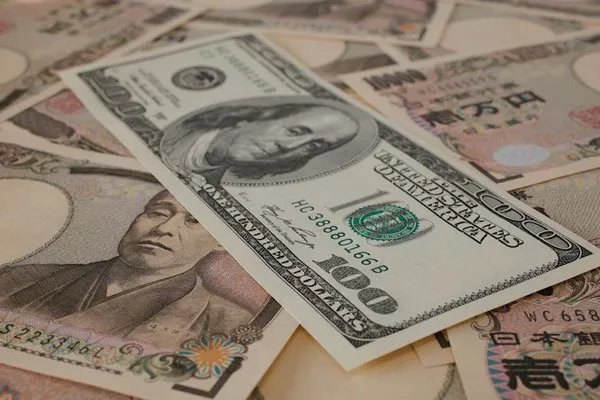Heading into Tuesday’s European session, USD/JPY struggled around $146.40, posting its first drop in four days, with a daily loss of 0.10%. In the process, the pair confirmed a recent shift in views on the Bank of Japan (BoJ) and the state of inflation in Japan. However, concerns over the lackluster employment situation in Japan and caution ahead of top-tier data/events drove the pair lower.
Nonetheless, Japan’s unemployment rate unexpectedly rose to 2.7% in July vs. 2.5% expected and prior; the employment/applicant ratio fell to 1.29 for the month vs. 1.30 expected and prior.
What’s more, the Japanese government’s recent annual report shows that after 25 years of trying to overcome deflation, Japan’s inflation situation has reached an inflection point. Thus, the hawkish bias toward the BoJ gained momentum.
Traders in the USD/JPY pair were also stimulated by mixed details on Japan’s June Symbiosis Index and leading economic indicators on Monday. Notably, the USD/ Short yen.
Elsewhere, lower yields, along with broad-based weakness in the greenback, weighed on USD/JPY ahead of today’s release of the Conference Board consumer confidence index for August in the US.
The U.S. 10-year Treasury yield remained under pressure around 4.19%, while the U.S. dollar index (DXY) also fell to 103.85. Notably, the U.S. two-year Treasury yield reversed course from its highest level since 2007 the previous day and remained under pressure around 5.00% at press time.
Instead, Goldman Sachs highlighted the U.S. growth outlook and the Bank of Japan’s maintenance of loose monetary policy, forecasting USD/JPY to rise to a 30-year high near 155.00, compared to its previous forecast of 135.00.
Looking ahead, concerns about the monetary policies of the Federal Reserve (Fed) and the Bank of Japan will be on the minds of USD/JPY traders ahead of the release of the Conference Board (CB) consumer confidence index for August in the US (116.2 expected, 117.00 previously). risk catalyst.


